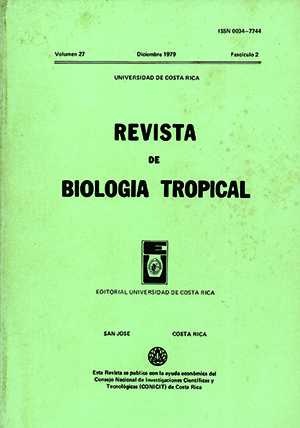Abstract
Observation of Tetraclita rubescens in Ellwood, Arroyo Hondo and Carmel, California, showed significant differences in size distribution and age structure. At Ellwood, the age structure seemed to be characterized by a dominance of the older age classes. At Arroyo Hondo, most of the barnacles belonged to the younger age classes. In Carmel, 99%of the population was under three years of age. Competition and predation seem to be the main factors responsible for such differences.
References
Barnes, H. 1956. The growth rate of Chthamalus stellatus. J. Mar. Biol. Ass. U.K., 35 : 355-361.
Connell, J.H. 1970. A predatory prey system in the marine intertidal region. l. Balanus glandula and several predatory species of Thais. Eco!. Monogr., 40: 49-78.
Connell, J.H. 1972. Community interactions on marine rocky intertidal shores. Ann. Rev. Ecol. Syst., 3: 169-192.
Dayton, P., G.A. Robilliard., R.T. Paine, & Linnea B. Dayton. 1974. Biological accommodation in the benthic community at McMurdo, Antartica. Ecol. Monogr., 44: 105-128.
Dehnel, P.A. 1956. Growth rates in latitudinally and vertically separated populations of Mytilus californianus. Biol. Bull., 110: 43-53.
Frank, P.W. 1969. Growth rates and longevity of some gastropod mollusks on the coral reef at Heron Island. Oecologia, 2: 232-250.
Paine, R.T. 1974. Intertidal community structure: Experimental studies on the relationship between a dominant competitor and its. principal predator. Oecologia, 15: 93-120.
Pyefinch, K. 1950. Studies on marine fouling organisms. J. Iron Steel Inst. London.
Villalobos, C.R. 1979. Variations in population structure in the genus Tetraclita (Crustacea: Cirripedia) between temperate and tropical populations. I. Fecundity, recruitment, mortality and growth in T. rubescens. Rev. Biol. Trop., 27:
##plugins.facebook.comentarios##

This work is licensed under a Creative Commons Attribution 4.0 International License.
Copyright (c) 1979 Revista de Biología Tropical


